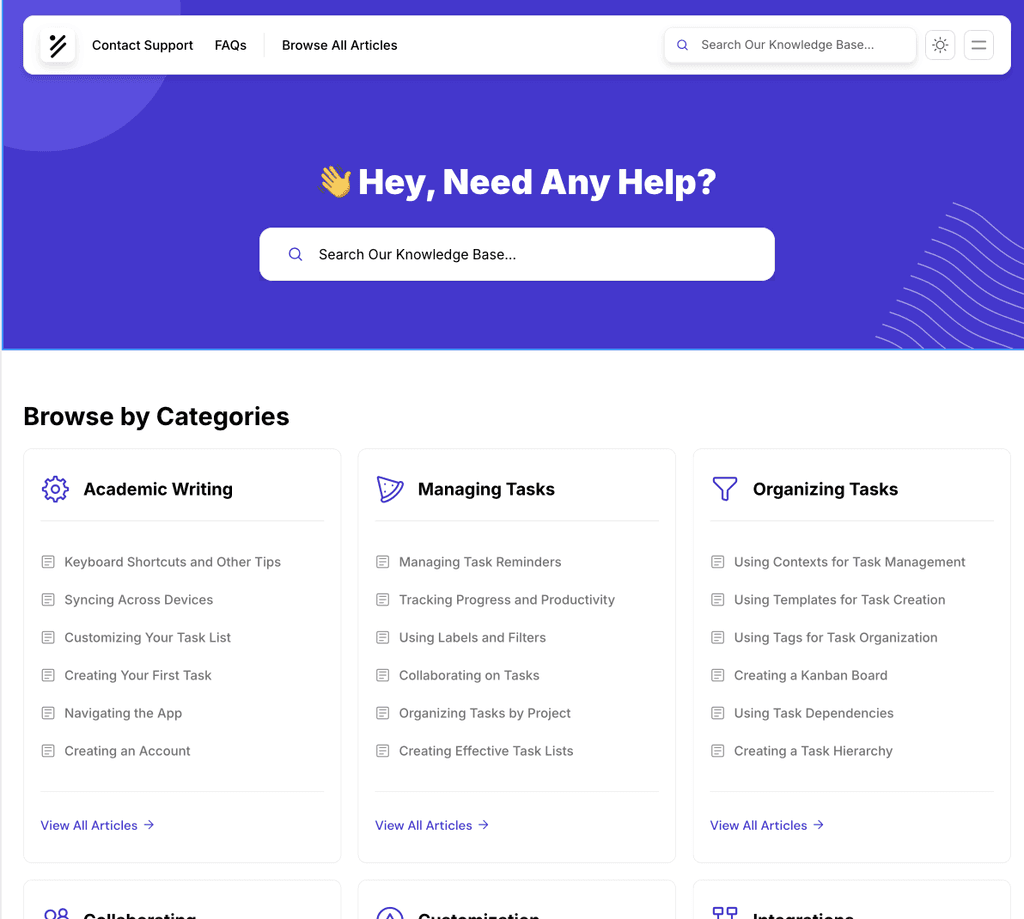Written By: Ross Taylor
Last Updated on February 4, 2024
Write the perfect introduction to your research paper

Crafting the perfect introduction requires practice, but this guide offers essential steps for beginners. Start by forming a clear and specific thesis statement. Then, delve into the body of your paper, exploring each topic thoroughly. This writing process will deepen your understanding of your argument, allowing you to refine your thesis further and connect it directly to the body content.
Revise your introduction multiple times, ensuring it previews the key points you'll discuss. Use keywords from your body paragraphs to naturally introduce these topics and provide context for your argument. Experiment with different approaches and language, comparing drafts to select the version that best complements your paper. Finally, remember that introductions shouldn't be overloaded with information. Aim for a length similar to other paragraphs, letting the content itself dictate the necessary space. By following these steps, you'll craft an introduction that effectively sets the stage for your research paper.
Introduction Starters
Intriguing Revelation: Surprise and engage with a fascinating fact or discovery about the subject.
Thought-Provoking Question: Challenge your audience with a weighty inquiry that piques their curiosity and invites participation.
Powerful Quote: Lend credibility and impact with a relevant quote or claim from an expert or authority figure.
Relatable Anecdote: Illustrate the real-world impact of your subject through a personal story or relatable example.
Contextualizing History: Set the stage by providing essential background or historical information about the topic.
Fresh Facts & Figures: Captivate your readers with surprising new information or interesting statistics they might not know.
Remember, the best introductions are concise, clear, and enticing. Choose the approach that best suits your topic and writing style to grab your reader's attention from the very first sentence.
Remember, the best introductions are concise, clear, and enticing. Choose the approach that best suits your topic and writing style to grab your reader's attention from the very first sentence.
Phrases to Avoid and Their Alternatives in Your Introduction:
Overgeneralizations:
Avoid: Everywhere, All..., Every single
Instead: Be more specific. Use quantifiers like "Many", "Most", "Few", or "None" if necessary.
Absolutes:
Avoid: Never..., Forever.../Always...
Instead: Use more nuanced adverbs like "Many times...", "Often...", "Nowadays...", "In recent times..."
Weakening Phrases:
Avoid: Some people may disagree but..., I think..., in the world.../In all the world..., Few..., Rarely...
Instead: Be more confident in your statements. If applicable, directly address opposing viewpoints ("Those who disagree argue...").
Redundancy and Explanation:
Avoid: Everyone agrees that..., A common phenomenon is...
Instead: Assume your reader has basic knowledge. Focus on presenting new, surprising, or controversial information.
Unnecessary Definitions:
Avoid: The dictionary defines..., According to Webster's,...
Instead: Use clear and concise language that your reader understands.
Remember:
Begin with a strong statement about something new, surprising, or controversial about your topic.
Use evidence and data to support your claims.
Avoid weak claims and unnecessary explanations.
Be clear, concise, and confident in your writing.
Summary
Write the body first: Explore supporting topics in detail.
Refine your thesis: Make it specific and connect it to the body.
Revise and preview: Ensure your introduction reflects the body content.
Experiment and iterate: Find the most effective language and tone.
Keep it concise: Aim for similar length to other paragraphs.
Looking for professional manuscript editing service? Check here



